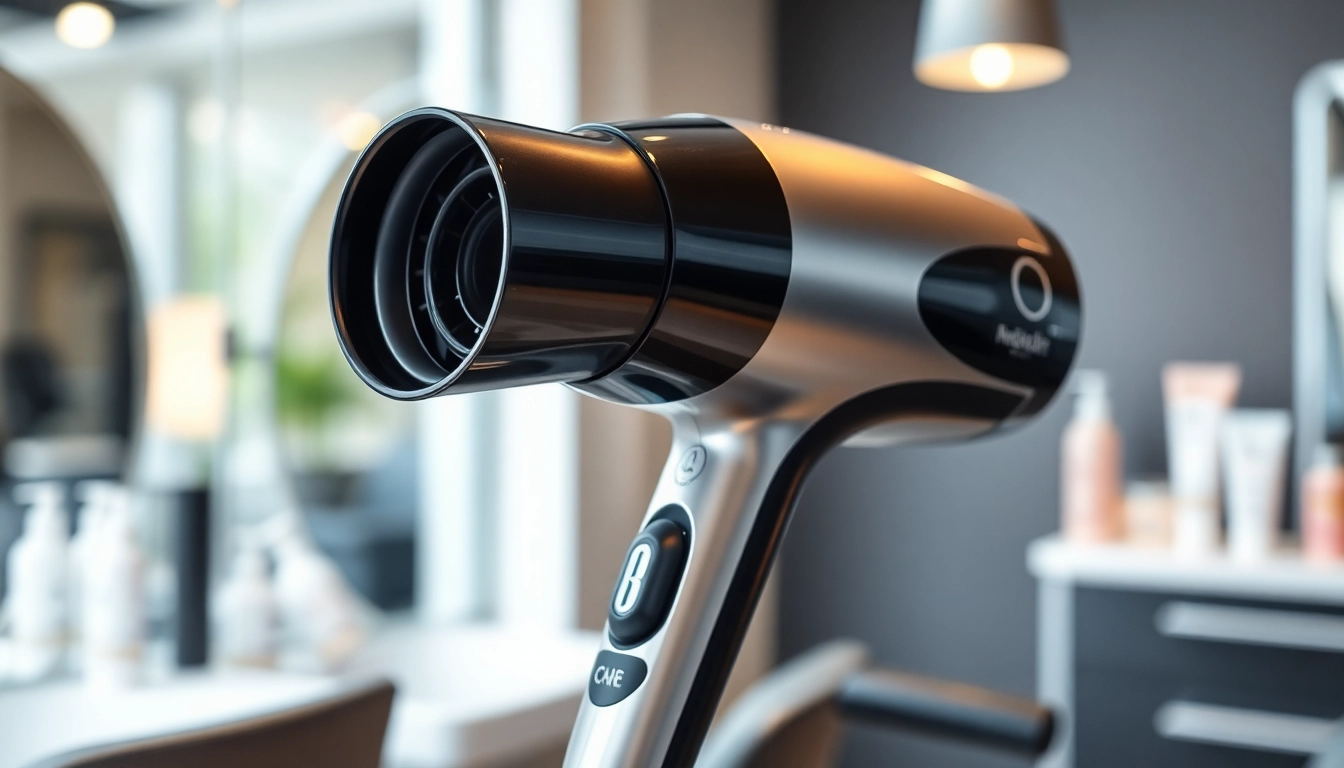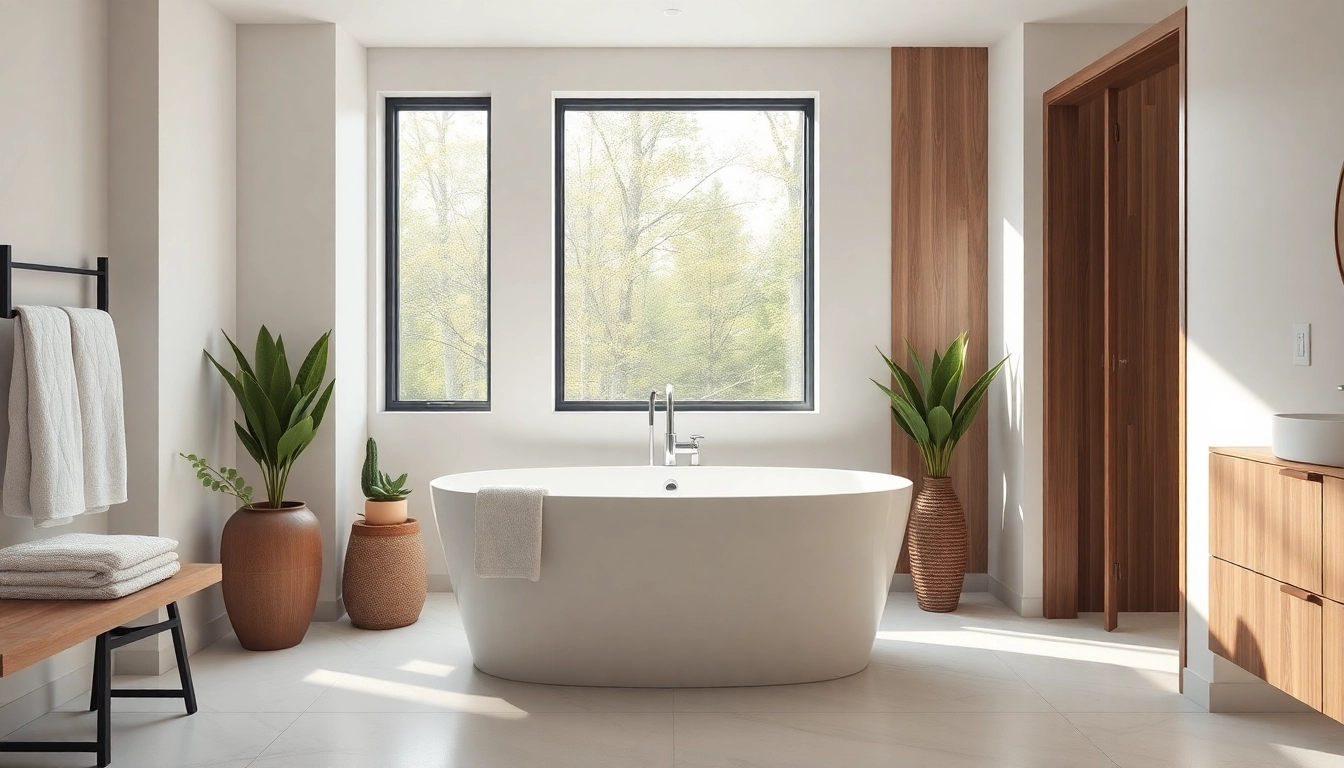Understanding Automatic Bioethanol Fireplaces
What is an Automatic Bioethanol Fireplace?
An automatic bioethanol fireplace is a modern heating solution that utilizes bioethanol as fuel to create a clean and efficient fire. Unlike traditional fireplaces that require wood or other solid fuels, these advanced fireplaces ignite and extinguish flames at the touch of a button, providing convenience and safety. They are designed to offer both aesthetic appeal and functional warmth, making them an attractive option for modern homes. Automatic bioethanol fireplace systems often include features like remote control operation, smartphone application integration, and built-in safety sensors for enhanced user experience and safety compliance.
How Does It Work?
The operation of an automatic bioethanol fireplace revolves around a sophisticated system that blends technology and design. At its core, these fireplaces consist of a burner that efficiently vaporizes the bioethanol liquid. Once the device is activated—either through a remote, an app, or a built-in touchscreen—the bioethanol is pumped from the reservoir into the burner, where it is ignited automatically. These models typically feature a microprocessor that regulates fuel flow and flame height, allowing users to adjust the intensity of the fire to suit their preferences.
Benefits Over Traditional Fireplaces
Automatic bioethanol fireplaces come with several distinct advantages when compared to traditional wood or gas-burning fireplaces:
- Clean Burning: Bioethanol fuels produce no smoke, soot, or ash, contributing to a cleaner environment.
- Easy Installation: These units do not require a chimney or flue, which simplifies installation and makes them suitable for various locations within a home.
- Low Maintenance: Without the need for ash cleaning or chimney inspections, maintenance is significantly reduced.
- Portability: Many models are designed to be portable, allowing you to easily move them between rooms or even outdoors.
- Aesthetics: With numerous sleek designs available, they can enhance the visual appeal of any space.
Choosing the Right Model for Your Home
Factors to Consider
When selecting an automatic bioethanol fireplace, several factors should influence your decision:
- Size: Evaluate the dimensions of your space to choose an appropriately sized unit that will fit well and provide the desired heat output.
- Design: Consider aesthetics; choose a model that complements your home’s interior design—select from minimalist, modern, or traditional styles.
- Control Features: Look for models with advanced technology such as app integration, voice control, or remote operation for added convenience.
- Safety Features: Ensure that the fireplace has built-in safety sensors to prevent overheating and ensure proper fuel management.
- Fuel Consumption: Analyze the fuel consumption rate and runtime of each model to estimate running costs and efficiency.
Size and Design Options
Automatic bioethanol fireplaces come in various shapes and sizes, from wall-mounted units that save space to freestanding models that can be a focal point in your room. Additionally, some manufacturers offer custom designs tailored to unique spaces or personal style preferences, expanding your options further. Consider the specific dimensions of your area when choosing your fireplace to ensure it complements rather than overwhelms the space.
Top Brands and Models Comparison
Numerous brands specialize in automatic bioethanol fireplaces, each offering models with varying features and design aesthetics. Some of the notable brands include:
- Ignis Products: Known for their stylish and sophisticated designs, Ignis offers fireplaces with remote controls and high safety standards.
- AFIRE: They focus on innovation with smart features that integrate seamlessly into home automation systems.
- Planika: This brand is noted for technologically advanced units that provide exceptional functionality and visual appeal.
By comparing their offerings based on features, pricing, and customer reviews, you can identify the best model suited to your needs.
Installation and Maintenance Tips
Step-by-Step Installation Guide
Installing an automatic bioethanol fireplace can typically be accomplished by following these steps:
- Choose a Location: Select a location away from flammable materials, preferably near an electrical outlet, if required for remote access.
- Prepare the Area: Ensure the space is clean, level, and free of obstacles that could impede installation.
- Follow Manufacturer Instructions: Refer to the specific installation manual provided by the manufacturer for your model.
- Assemble Components: If required, assemble the different parts, ensuring all screws and fittings are secured properly.
- Test the Unit: After installation, perform a test run to ensure proper ignition and operation.
Regular Maintenance Practices
While bioethanol fireplaces have low maintenance needs, performing regular checks and cleaning can prolong the life of your unit:
- Daily Checks: Inspect the fuel level and refill as necessary, ensuring you only use approved bioethanol fuel.
- Weekly Clean: Wipe down the unit with a soft cloth to remove any dust or soot that may accumulate.
- Annual Inspections: Schedule a yearly check-up with a professional to ensure all safety features are functioning correctly.
Safety Precautions to Follow
To operate an automatic bioethanol fireplace safely, consider the following precautions:
- Never fill the tank while the fireplace is on or hot; allow it to cool completely.
- Keep flammable materials a safe distance away from the unit.
- Always supervise the fireplace when in use, particularly around children and pets.
Cost Analysis and Value Proposition
Initial Investment vs. Long-Term Savings
Investing in an automatic bioethanol fireplace can come with a considerable upfront cost, often ranging from several hundred to several thousand dollars, depending on the model and features. However, when considering the long-term savings—such as lower maintenance costs, no need for a chimney, and the absence of soot and ash removal—the total costs can be lower than traditional heating options over time. Additionally, the ability to zone heat in specific areas of a home can lead to reduced energy bills overall.
Availability and Pricing Insights
These fireplaces are widely available online and in home improvement stores, with prices influenced by brand, design complexity, and features. Always shop around for the best deal but consider the quality and service record of the manufacturer to ensure you choose a reliable product.
Financing Options and Recommendations
Many retailers offer flexible payment plans to accommodate customers’ budgets. Consider asking about financing options, especially if purchasing a higher-end model. Additionally, look for seasonal sales or promotions that may offer discounts on various models.
Real-Life Applications and Customer Experiences
Case Studies from Satisfied Homeowners
Numerous homeowners have transitioned to automatic bioethanol fireplaces for both practical and aesthetic reasons. For instance, a couple in California installed a sleek wall-mounted unit in their living room, finding it not only enhanced the beauty of their space but also provided an efficient heating solution during cold months. Feedback from such case studies highlights the ease of use, flexibility of installation, and satisfaction with the product’s aesthetic contributions.
Common Misconceptions Debunked
Despite their growing popularity, several misconceptions about bioethanol fireplaces persist:
- Myth: They produce harmful pollutants.
- Fact: Bioethanol fireplaces burn clean, meaning they emit minimal pollutants compared to traditional wood-burning options.
- Myth: They are too expensive to operate.
- Fact: While initial costs may be high, their efficiency and lack of upkeep can result in savings over time.
Future Trends in Bioethanol Fireplaces
The market for automatic bioethanol fireplaces is expected to grow further, driven by increasing consumer interest in eco-friendly and efficient heating solutions. Future innovations may include enhanced smart technology integration, such as more comprehensive home automation compatibility, as well as improvement in fuel efficiency. Manufacturers are expected to focus on creating more compact designs that do not sacrifice performance, thus appealing to a wider range of consumers.















Leave a Reply